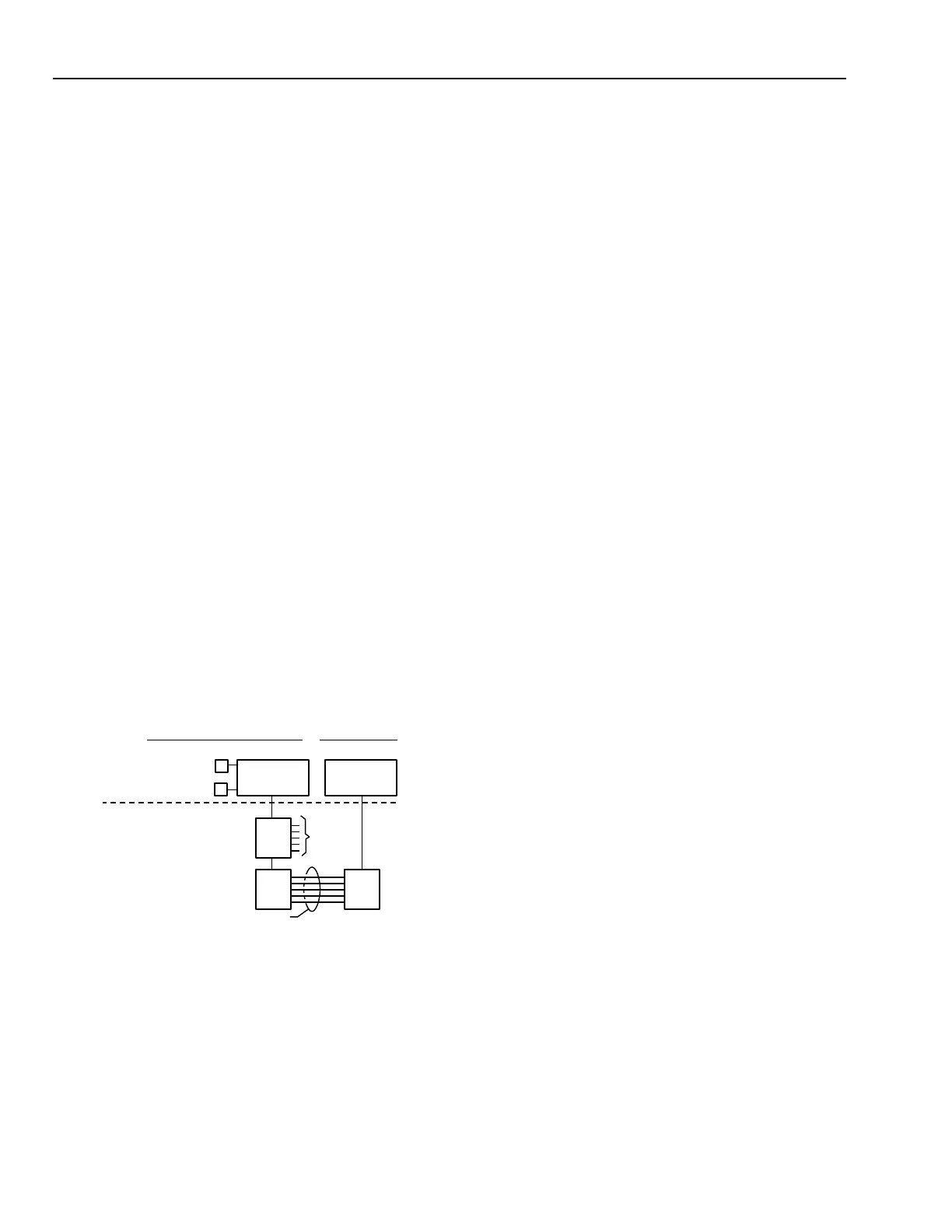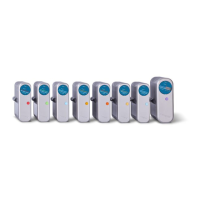ENGINEERING MANUAL OF AUTOMATIC CONTROL
BUILDING MANAGEMENT SYSTEM FUNDAMENTALS
196
INTEGRATION OF OTHER SYSTEMS
GENERAL
Information from other subsystems, such as fire alarm,
security, access control, or lighting control, may be required
in the BMS. This can be achieved through system integration.
There are two ways to integrate these systems: surface
integration and in-depth integration. These subsystems are
not described here but are mentioned because of their
importance in the BMS architecture.
SURFACE INTEGRATION
A surface integrated subsystem is a stand-alone system which
provides certain point information to the BMS. See Figure 10.
The subsystem transmits alarm and status information through
multiple point connections hardwired to a local BMS panel.
The BMS processes and displays that data as auxiliary
information or uses it as inputs to resident programs such as
time/event sequences. Every input desired in the BMS requires
a separately wired point from the subsystem. Since these
subsystems are stand-alone systems, they have an operator
interface which can be monitored separately from the BMS
monitor. There are cases where a second window in the BMS
terminal display is dedicated to the operation of the connected
subsystem. This usually requires only a standard link to the
BMS terminal. In this case, the terminal is shared but no
information is passed to the BMS for use in operations.
Additionally, the display for the subsystem will generally be
entirely different in format from the display for the rest of the
BMS. Consequently, this type of integration is of limited use.
The advantage of surface integration is that limited
subsystem information is made available to the BMS. This
type of integration is generally used to tie in existing systems to
eliminate the need to replace functioning equipment.
The disadvantages of surface integration are:
— Higher first cost because of duplicated equipment and
increased installation to connect the two systems
— Interconnection between systems is not supervised and
could fail without notifying the central
— Independent operations staffs may be required for
monitoring each subsystem
IN-DEPTH INTEGRATION
Figure 11 shows a system with in-depth integration. System-
level controllers communicate over a common bus for each
subsystem. These processors are designed to operate as stand-
alone systems if the communication link with the operations-
level processor fails. The system-level controllers for fire and
security subsystems can also provide outputs for local
annunciation if required by applicable codes. All data is
accessible through all PC stations, however all operators need
not be authorized to access all data. All of the subsystems are
tied together through software. Information can also be passed
to additional buses containing other subsystems such as
lighting control for true global control. This communication
is essential for some operations such as smoke control. Even
when multiple buses are used, a common display format and
centralized collection and dissemination of information
throughout the system provides for a more reliable, smoother
operating system.
Recently, open standard communications protocols have been
invented and adopted by the building control and related control
industries. Theses standards, such as BACnet and LonMark™,
will make in-depth integration of products and systems from
multiple vendors, and from multiple industries, much easier
resulting in lower cost and more functional integrations.
Fig. 10. Surface Integrated System.
OPERATIONS-
LEVEL
PROCESSOR
SYSTEM-LEVEL
PROCESSOR
SENSORS
AND
ACTUATORS
PROCESSOR
CRT
TERMINAL
PRINTER
BUILDING MANAGEMENT
SYSTEM
FIRE ALARM
SYSTEM
C1868
HARDWIRED CONNECTIONS
BMS
PANEL
BMS
PANEL
OPERATOR
INTERFACE
FIRE
ALARM
PANEL

